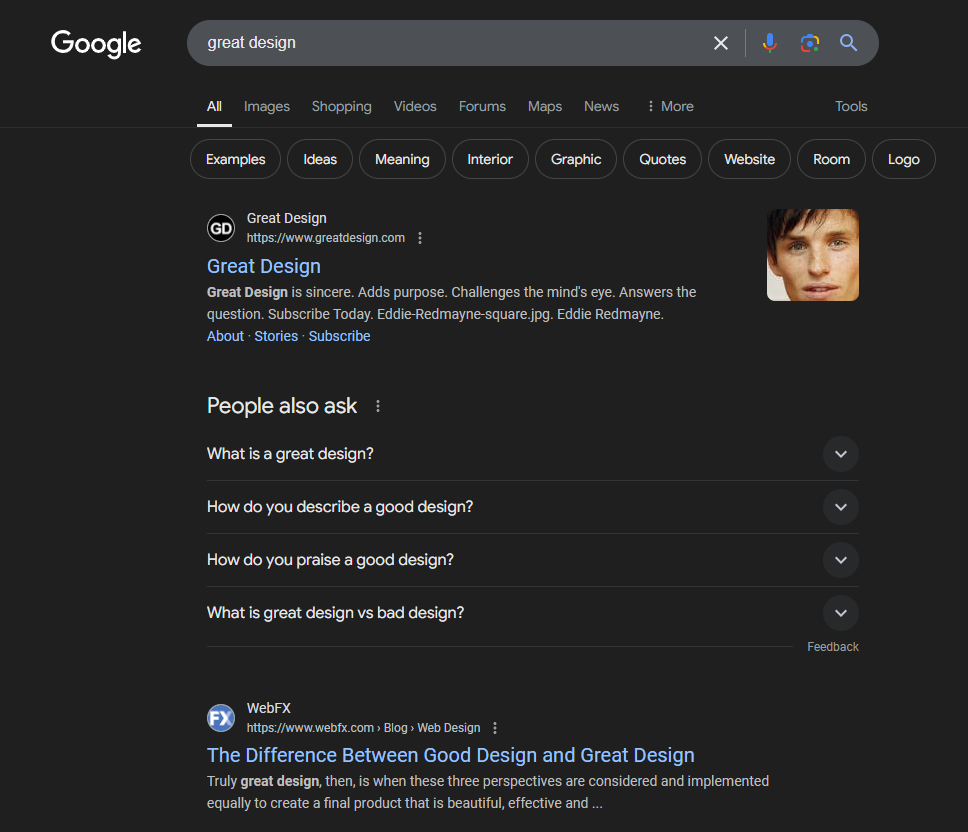
Testing: Don’t Skip This Step
This is were good marketers become great.
Article 7 in the 7-part series on The Definitive Guide to Content Marketing
Every click, view, and conversion counts, relying on gut instinct alone is a gamble few can afford. Enter A/B testing—a simple yet powerful method that takes the guesswork out of decision-making and replaces it with data-driven insights. By comparing two versions of a content element to see which performs better, A/B testing empowers marketers to optimize everything from topics to headlines and subheads, boosting engagement, conversions, and ultimately, business growth. Here’s why A/B testing is a non-negotiable tool in today’s content marketing toolkit.
1. It Reveals What Actually Works
Marketing is full of assumptions: “This headline will grab attention,” or “Blue buttons convert better than red.” But assumptions aren’t facts. A/B testing pits two variants—say, Headline A (“Save Big Today!”) versus Headline B (“Unlock Exclusive Discounts!”)—against each other in real time, showing which one resonates with your audience.
Real-World Impact: A company might find that a casual tone in their email subject line doubles open rates compared to a formal one. Without testing, they’d never know.
Small Changes, Big Wins: Even tweaking a single word or image can lift click-through rates significantly.
By grounding decisions in evidence rather than hunches, A/B testing ensures your efforts hit the mark.
2. It Maximizes ROI on Every Campaign
Marketing budgets aren’t infinite. A/B testing helps you squeeze the most value out of every dollar by identifying what delivers the best return on investment (ROI).
Efficient Spending: If a paid ad’s Variant A costs $50 and drives 10 leads, while Variant B costs the same but drives 20, you’ve just doubled your lead flow without extra spend.
Avoid Waste: Testing prevents you from rolling out a full content campaign based on a losing idea—like a landing page that confuses visitors instead of converting them.
With A/B testing, you refine before you scale, ensuring resources fuel success, not flops.
3. It Uncovers Audience Preferences
Your audience isn’t a monolith—what works for one segment might flop with another. A/B testing shines a light on these nuances, helping you tailor your approach.
Behavioral Insights: Does your Gen Z audience prefer bold visuals over text-heavy ads? Test it. Do your B2B clients respond better to data-driven whitepapers than customer stories? Test it.
Personalization Power: A retailer might discover that “Free Shipping” beats “10% Off” for price-sensitive shoppers, while luxury buyers respond to “VIP Access.”
Understanding what moves your audience lets you craft marketing that feels custom-made, driving deeper engagement.
4. It Reduces Risk in Big Changes
Launching a website redesign or a new campaign can feel like a leap into the unknown. A/B testing acts as a safety net, letting you experiment without betting the farm.
Controlled Experiments: Before overhauling your homepage, test a new layout with 10% of your traffic. If conversions tank, you’ve dodged a bullet.
Incremental Improvements: Rather than guessing how a new email template will perform, test it against the old one first.
This methodical approach minimizes costly missteps and builds confidence in bold moves.
5. It Keeps You Competitive
In a digital landscape where trends shift overnight, standing still isn’t an option. A/B testing keeps your marketing agile and ahead of the curve.
Adapt to Trends: Test a TikTok-inspired video ad against a traditional image ad to see if younger audiences bite. If they do, you’re in sync with the times.
Beat the Competition: While rivals rely on outdated tactics, your tested-and-proven strategies—like a headline that lifts conversions 15%—give you an edge.
Continuous testing ensures your marketing evolves with your market, not against it.
6. It Builds a Culture of Learning
A/B testing isn’t just about immediate wins—it’s about long-term growth. Every test teaches you something new, creating a feedback loop that sharpens your skills.
Data Over Ego: A failed test isn’t a loss; it’s a lesson. If “Buy Now” flops but “Learn More” soars, you’ve gained insight into your audience’s mindset.
Compound Gains: Over time, small optimizations—like a 5% boost in email clicks or a 3% uptick in form submissions—stack up into massive improvements.
This iterative mindset turns marketing into a science, where every experiment fuels future success.
How to Get Started with A/B Testing
Ready to harness its power? Here’s a quick roadmap:
Pick One Variable: Test a single element—like a headline, CTA, or color—to isolate its impact. (Testing too much at once muddies the results.)
Set a Clear Goal: Define success—clicks, signups, sales—and measure it consistently.
Use the Right Tools: Platforms like Google Optimize, Optimizely, or Mailchimp’s built-in testing features make it easy to run and analyze tests.
Split Fairly: Send Variant A to 50% of your audience and Variant B to the other 50% for unbiased results.
Act on Findings: Roll out the winner and test something new. Rinse, repeat, win.
The Bottom Line: A/B Testing Fuels Smarter Marketing
A/B testing isn’t a luxury—it’s a necessity. It transforms marketing from a shot in the dark into a precision strike, delivering better results with less waste. Whether you’re tweaking an article, refining a landing page, or overhauling your strategy, testing ensures every move is backed by data, not dreams. Start small—test a button color or subject line today—and watch how tiny insights snowball into bigger leads, sales, and growth.
In marketing, knowledge is power. With A/B testing, you don’t just guess what works—you *know*. And that’s the difference between good and great.
Next articles in this series: Testing: Do Not Skip This Step (coming soon)




